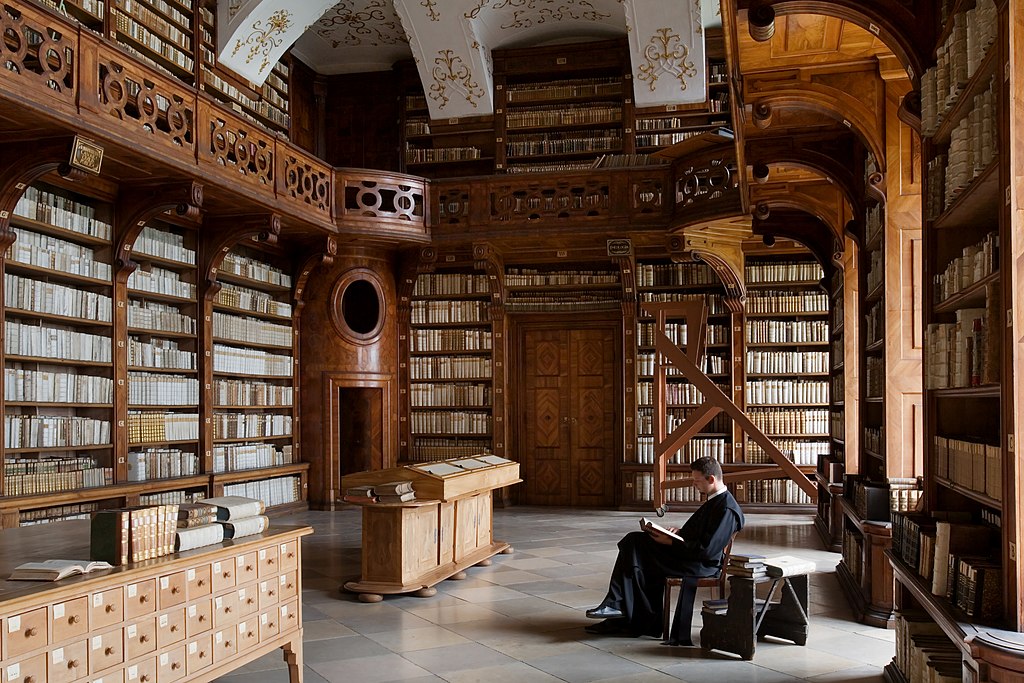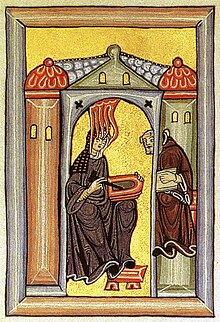Sailing into Budapest on the Danube ranks second only to sailing into Venice on a cruise ship; it absolutely takes your breath away. It was cool but clear on the morning of our arrival, and almost everyone braved the sky deck as we approached the city. Our Tour Director, Eric, pointed out the sites as we sailed along.
Budapest, like Vienna, is worthy of more than one day's visit. We took the included Avalon city tour in the morning and were driven through the beautiful city divided by the Danube, eventually stopping at the Belvedere on the Buda side to take in the view.
Budapest consists of two cities, Buda on the hilly side which is full of palaces and official buildings, and Pest on the flat side full of shops, offices and homes. Pest is where most of city life takes place, and our boat was docked just a few short steps from the famous pedestrian Vaci Street.
We had signed up for an afternoon tour to the Hungarian countryside where vineyards flourish and wine is king. We visited two wineries and tasted their wares altogether spending a great afternoon in the countryside. One bottle of wine even made it into our luggage and is awaiting Thanksgiving. Wine makes for good friends and fellowship! We made lots of new friends and acquaintances on our river cruise and would be sorry to see it end, but everyone promised to keep in touch.
 |
| A wine cellar in the Etyek wine area of Hungary |






















































